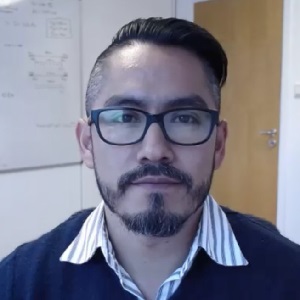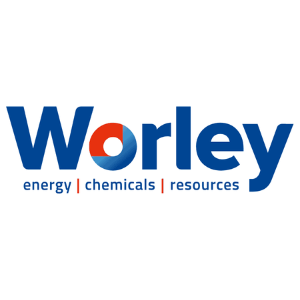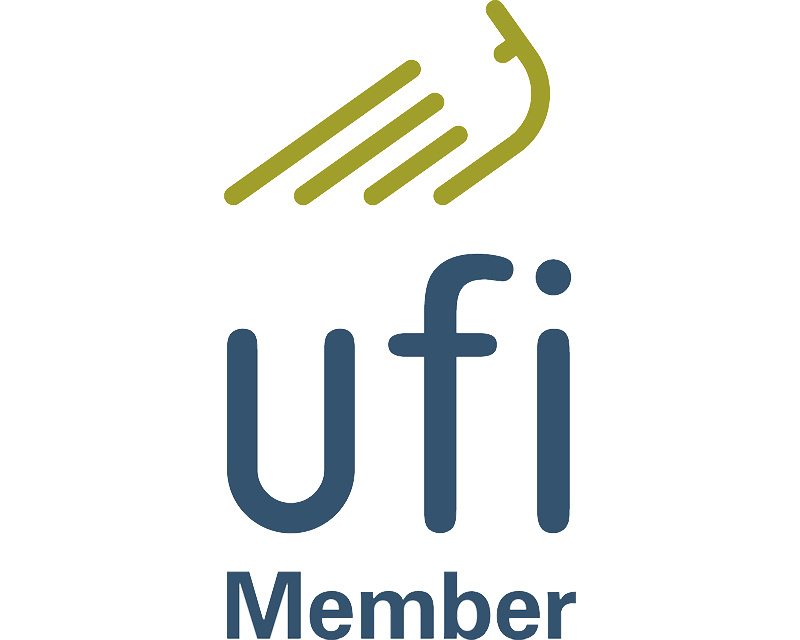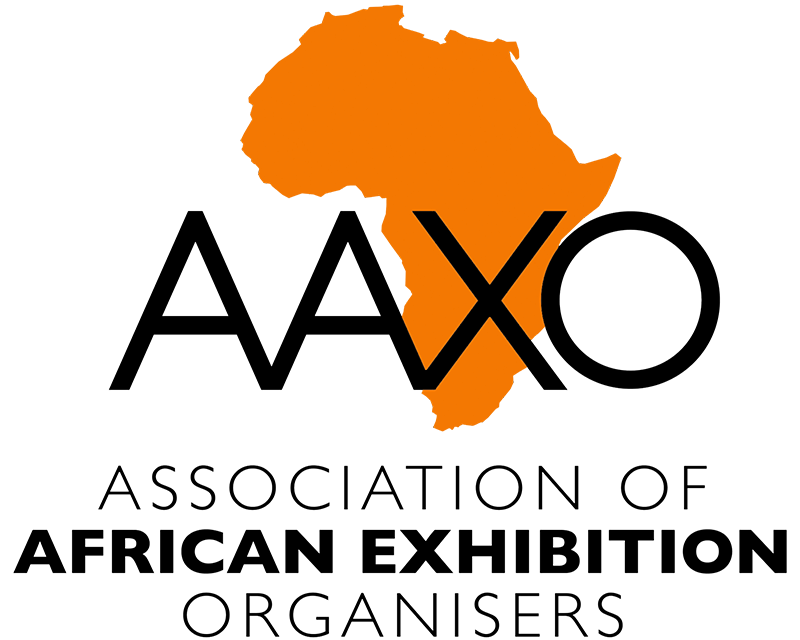- 10 30 AM
Best Practices for Successfully Developing a Capture Technology from Theory to Practice
With increased focus on decarbonization, everyone is looking at low carbon energy transition solutions, in almost all industry sectors, and carbon capture provides an important means for such new e...
Knowledge Partner : Worley
 Exhibition Floor
Exhibition Floor 10:30 AM - 11:15 AM
10:30 AM - 11:15 AM
Best Practices for Successfully Developing a Capture Technology from Theory to Practice
 10:30 AM - 11:15 AM
10:30 AM - 11:15 AM Exhibition Floor
Exhibition Floor
With increased focus on decarbonization, everyone is looking at low carbon energy transition solutions, in almost all industry sectors, and carbon capture provides an important means for such new energy projects. The carbon capture projects throw a challenge for engineers, plant operators, vendors and contractors as these are new kind of facilities, sometimes first of its kind, with new technologies that deal with new materials, scale-up, safety / technical challenges and different types of equipment. Combining the collective knowledge and experience of working in processing industry, we convert the theoretical concept to actual plant. This paper presents the good engineering practices and key lessons learnt that are needed to design and implement commercial scale carbon capture plants for the energy sector. Some of these practices are critical for a feasible project and a fit for purpose practical plant operation. The lessons learnt need to be addressed early in the development phase of the carbon capture plant design, as early as pre-FEED phase. Integration of non-licensed process units with the overall plant helps fill the gaps in the entire carbon capture plant design. Early appreciation and resolution of these lessons learnt leads to risk mitigation, cost savings, schedule certainty and provides the right input for financial investment decisions. It is our experience that a project feasibility and success of clearing the commercial hurdles is greatly dependent on early evaluation and freezing of variables; and the lessons learnt and best practices aims to educate the stakeholders at the right time. The best practices are honed into the workflows established for project delivery and the more these are shared amongst the community of practicing professional, the greater rate of success the carbon capture projects will have. The best practices presented in the paper will include technology screening, emission source selection, capacity / flow optimization, plot space optimization, effluents handling, product quality, utilities selection, material handling, storage, material of construction, safe venting, sparing, construction, digital operations, capital cost estimates, injection conditions. By addressing most of these aspects, the main causes of project failing due to technical reasons is mitigated. Bringing carbon capture experts early in the design phase; optimizing and making right assumptions feeds into risk assessment; establishing minimum viable product ensures feasible commercial cost; selecting the right equipment avoids supply chain and misfit plant design.
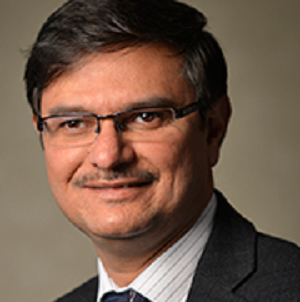
- 11 30 AM
The Alberta Carbon Grid – An Industry Solution
The Alberta Carbon Grid (ACG) is designed to be a world-class carbon transportation and sequestration system which, when fully constructed, will be capable of transporting up to 20 million tonnes o...
Knowledge Partner : Worley
 Exhibition Floor
Exhibition Floor 11:30 AM - 12:15 PM
11:30 AM - 12:15 PM
The Alberta Carbon Grid – An Industry Solution
 11:30 AM - 12:15 PM
11:30 AM - 12:15 PM Exhibition Floor
Exhibition Floor
The Alberta Carbon Grid (ACG) is designed to be a world-class carbon transportation and sequestration system which, when fully constructed, will be capable of transporting up to 20 million tonnes of CO2 annually (MTPA) from Alberta’s Industrial Heartland area. This project is a joint venture between Pembina Pipeline and TC Energy. The ACG proposal was confirmed by the Alberta Government in Q1 2022. The appraisal program was approved to move forward in Q3 2022 and is currently in the implementation phase.
The initial subsurface evaluation was undertaken in 2021 to characterize and select an area with the appropriate storage capacity and injectivity, which required a multi-discipline, integrated approach, including geology, geophysics, reservoir engineering, petrophysics, and wells engineering. This initial screening assessment encompassed a large portion (50,000 km2) of the Alberta Industrial Heartland, allowing for multiple potential storage sites to be evaluated simultaneously and providing a basis for the future appraisal and development phases of the project. The stratigraphic interval proposed for the ACG sequestration site is the Cambrian-aged Basal Sandstone Unit (also known as the Basal Cambrian Sandstone, or “BCS”), which is the deepest, brine filled siliciclastic unit in the Western Canadian Sedimentary Basin. To evaluate this large area for CO2 storage feasibility, one static geomodel covering the entire evaluation area was constructed from the available well data and was then exported for dynamic simulation of CO2 injection across three separate sub-regions.
Appraisal work, focused on one sub-region in the overall project area, is currently underway to address the risks and uncertainties identified during the initial screening. This work includes the licensing, reprocessing and interpretation of an extensive 2D seismic grid, acquisition of two new 2D seismic lines, and the drilling of an appraisal well with a comprehensive logging, coring, fluid sampling, and injection testing program planned.
ACG is planned to be a premier carbon storage solution with several advantages over other projects in the area, including a large areal extent and capacity, relatively shallow BCS for injection, modelled containment of CO2 plume extent, fewer potential leak points from existing well penetrations, and proximity to CO2 sources.
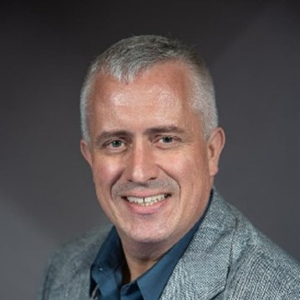
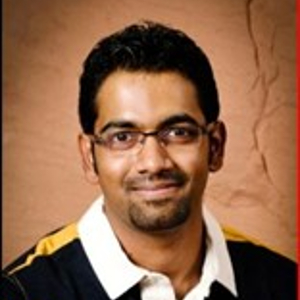
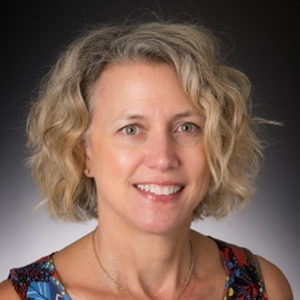
- 12 30 PM
SaskPower’s Boundary Dam Unit 3 and the Future of CCUS in Saskatchewan
The Saskatchewan Power Corporation (SaskPower) is the principal electric utility in Saskatchewan. We own and operate the worlds first, and currently only, post combustion Carbon Capture, Utilizatio...
Knowledge Partner : Worley
 Exhibition Floor
Exhibition Floor 12:30 PM - 1:15 PM
12:30 PM - 1:15 PM
SaskPower’s Boundary Dam Unit 3 and the Future of CCUS in Saskatchewan
 12:30 PM - 1:15 PM
12:30 PM - 1:15 PM Exhibition Floor
Exhibition Floor
The Saskatchewan Power Corporation (SaskPower) is the principal electric utility in Saskatchewan. We own and operate the worlds first, and currently only, post combustion Carbon Capture, Utilization, and Storage (CCUS) facility on a coal fired power station. With nearly a decade of direct experience in CCUS, SaskPower is in a unique position to foster growth in this exciting sector and the next generation of CCUS projects. As this project was the first of its kind, it has not unexpectedly experienced challenges through its early stages of operating life. SaskPower plans to present some of the key issues that this facility has experienced, and ways it has overcome these obstacles to advance the facility to the high level of reliability and carbon capture efficiency that it is experiencing today. It is through this open collaboration and sharing of knowledge and experience that we hope to aid in the future success for new CCUS projects. Additionally, the power generation landscape in Canada is changing rapidly, and SaskPower is changing along with it. We plan to provide an update on the unique challenges faced in Saskatchewan, and on the potential for new CCUS projects that it brings. We are currently entering into a new phase of design and analysis to investigate the integration of CCUS onto our existing Combined Cycle Gas Turbine (CCGT) power facilities and designing future units which focus on CCUS integration and process efficiency.
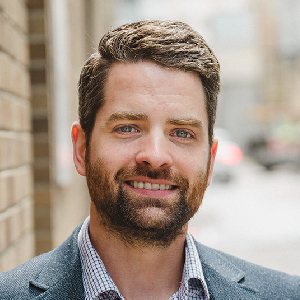
- 1 30 PM
Developing a CCUS Projects Data Base - The Modern Way
60% of the world’s CO2 emissions come from generating electricity and making things. These large industrial sites must necessarily decarbonize if we are to reach our collective climate targets. For...
Knowledge Partner : Worley
 Exhibition Floor
Exhibition Floor 1:30 PM - 2:15 PM
1:30 PM - 2:15 PM
Developing a CCUS Projects Data Base - The Modern Way
 1:30 PM - 2:15 PM
1:30 PM - 2:15 PM Exhibition Floor
Exhibition Floor
60% of the world’s CO2 emissions come from generating electricity and making things. These large industrial sites must necessarily decarbonize if we are to reach our collective climate targets. Fortunately, organizations across value chains are now scrambling to deliver products and services for cutting emissions at these sites. And the question they ask themselves is this: how do we focus on the projects that matter the most, accelerating the adoption of our sustainable technologies and solutions? To answer that question, they need tools for slicing, sorting and filtering data about thousands of different facilities around the world to narrow it down to their best decarbonization opportunities. This takes facility-level data. Endrava has developed in CaptureMap what is likely the world’s best facility level database of CO2 emitters with more than 15 000 sites in 156 countries and nearly 16 billion tons of annual CO2 emissions. But this is not enough. Stakeholders will argue that alongside facility-level CO2 information, it is also of high importance to understand how far along in the decarbonization journey a given facility has come. That’s because a given provider typically has a limited window in which their offering can be included in the decarbonization project. Once again, timing is everything. To this end, several CCUS projects databases already exist. Yet, they are often outdated, limited in transparency and/or geographical scope, while at the same time rarely in a format that allows the user to effectively narrow down their search for new opportunities. At this conference, we want to launch our next step: a premium-quality global CCUS projects database based on public data and integrated with our facility-level overview in CaptureMap. Our presentation will take the participants through several topics: The problems with today’s projects databases (selective in coverage, limited transparency, manual work to update and hence often outdated, not integrated with other facility-level info useful to product and service providers) Key aspects that a project database should include, and how to separate between need-to-have and nice-to-have information Making it work, based on public data, programming and a touch of automation Seeing results in the updated version of CaptureMap. Combining facility-level CO2 data with CCUS project status about creating something greater than the sum of its parts. Together they identify pockets of maturity for decarbonization, paving the way for other sites nearby to join forces and follow fast in their footsteps. Join us at this conference to learn more about how Endrava's CaptureMap is transforming the way the industry approaches decarbonization projects, one facility at a time.
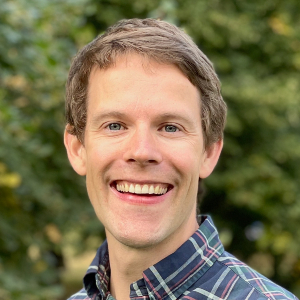
- 2 30 PM
Operational Carbon Management – A Data First Strategy
As organizations continue to explore and invest in Carbon Management challenges and opportunities, they are often still trapped on a sustainability reporting hamster wheel. As emissions reporting...
Knowledge Partner : Worley
 Exhibition Floor
Exhibition Floor 2:30 PM - 3:15 PM
2:30 PM - 3:15 PM
Operational Carbon Management – A Data First Strategy
 2:30 PM - 3:15 PM
2:30 PM - 3:15 PM Exhibition Floor
Exhibition Floor
As organizations continue to explore and invest in Carbon Management challenges and opportunities, they are often still trapped on a sustainability reporting hamster wheel. As emissions reporting historically was a cost center to minimize, little has been invested in creating long term data and reporting infrastructure. This leaves environmental and sustainability leaders scrambling to keep up with the ever-growing reporting, and now verification and auditing requirements. The reporting cycles end with a look back, but with little time to look forward. As the carbon market continues to develop and evolve, organizations need a fundamentals-based bottom-up approach to managing their Regulatory, ESG, Production Standards, Credit and Offset generation protocols and reporting requirements. Developing Carbon Sequestration Hubs is a team sport and integral to being agile and adaptive to the growing and changing needs is creating an open and inclusive ecosystem that allows for data to be gathered, consolidated, contextualized, and then shared with various stakeholders, applications, and partners. This needs to be achieved while not compromising cybersecurity, data integrity and auditability. As verification and transparency are paramount, the assurance of the integrity and quality of the data has become as important as the reporting itself. This presentation will explore the challenges posed by the MMV (Measure, Monitor, Verify) requirements of the full lifecycle of Carbon Management projects, and show how to efficiently manage data generated from field devices to satisfy regulatory requirements while ensuring deep operational insights.
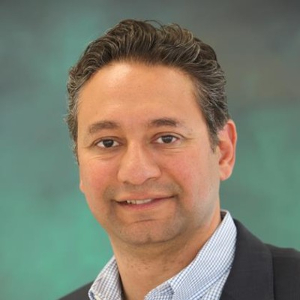
- 3 30 PM
Cost Effective Emission Reduction Measure using OASE Blue Technology
Solvent losses is a critical parameter when designing a Post Combustion Capture (PCC) unit. Apart from operating cost impact, emissions of solvent including degradation products from CO2 capture un...
Knowledge Partner : Worley
 Exhibition Floor
Exhibition Floor 3:30 PM - 4:10 PM
3:30 PM - 4:10 PM
Cost Effective Emission Reduction Measure using OASE Blue Technology
 3:30 PM - 4:10 PM
3:30 PM - 4:10 PM Exhibition Floor
Exhibition Floor
Solvent losses is a critical parameter when designing a Post Combustion Capture (PCC) unit. Apart from operating cost impact, emissions of solvent including degradation products from CO2 capture unit poses considerable risk to the environment. The chemical composition of the emissions depends on flue gas characteristic, solvent type and operational conditions of the unit. Carry-over of certain contaminants may trigger formation of aerosols, enhancing the effect of solvent losses and leading to higher emission limits set by the current regulations. Conventional approach is to install a water backwash or acid wash (optional) section at the top of the absorber to minimize emission of volatile solvent component. However, aerosols formation triggered by sub-micron/ultrafine particulates requires a different approach. Therefore, this session aims to summarize the achievements of testing program and operational experience on emission formation and different emission reduction measures using real power plant operating conditions. The collaborative development effort of BASF, Linde Engineering and RWE Power employing OASE® blue technology has proved that two highly efficient techniques are proven to address aerosol-triggered emission conditions: flue gas pre-treatment and OASE® aerozone (patented dry bed configuration in OASE® blue technology). Both arrangements have the advantage of not producing additional waste, simplifying design complexity for a PCC installation.

- 4 30 PM
Industry Networking Reception
 4:30 PM - 6:00 PM
4:30 PM - 6:00 PM Exhibition Floor
Exhibition Floor
- 10 30 AM
Carbon Capture in the Cement Industry
The cement industry is one of the top carbon-intensive industrial sectors responsible for about 8% of global CO2 emissions and nearly 20% of total industry emissions. The CO2 emissions from cement...
Knowledge Partner : Worley
 Exhibition Floor
Exhibition Floor 10:30 AM - 11:15 AM
10:30 AM - 11:15 AM
Carbon Capture in the Cement Industry
 10:30 AM - 11:15 AM
10:30 AM - 11:15 AM Exhibition Floor
Exhibition Floor
The cement industry is one of the top carbon-intensive industrial sectors responsible for about 8% of global CO2 emissions and nearly 20% of total industry emissions. The CO2 emissions from cement manufacturing are driven by process chemistry (64%) and fuel combustion (36%). Implementing alternative fuels is one approach to decarbonization, but can address only a minority of the overall facility CO2 emissions. Carbon capture is an essential component for reducing both of the primary drivers of CO2 emissions from cement manufacturing facilities. There are unique challenges to implement carbon capture in the cement industry. The presentation will identify the challenges for project development and engineering design compared to other applications of carbon capture in refineries, chemical facilities, and power plants.
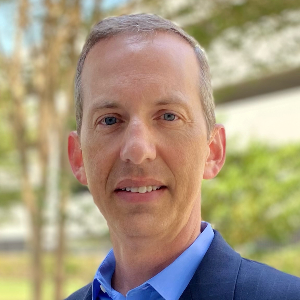
- 11 30 AM
How Svante's Solid Sorbent-Based Carbon Capture & Removal Solutions Work in the Field
Knowledge Partner : Worley
 Exhibition Floor
Exhibition Floor 11:30 AM - 12:15 PM
11:30 AM - 12:15 PM
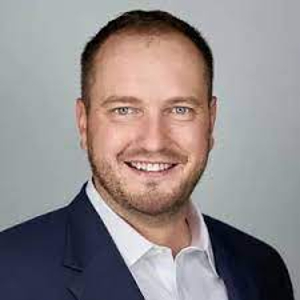
- 12 30 PM
High Fidelity CO2 Monitoring across the CCUS Value Chain to Enable Social Licenses to Operate
High fidelity CO2 monitoring can be used to track the movement of CO2 throughout the CCUS value chain, from capture to utilization to storage. This information can be used to ensure that CO2 is not...
Knowledge Partner : Worley
 Exhibition Floor
Exhibition Floor 12:30 PM - 1:15 PM
12:30 PM - 1:15 PM
High Fidelity CO2 Monitoring across the CCUS Value Chain to Enable Social Licenses to Operate
 12:30 PM - 1:15 PM
12:30 PM - 1:15 PM Exhibition Floor
Exhibition Floor
High fidelity CO2 monitoring can be used to track the movement of CO2 throughout the CCUS value chain, from capture to utilization to storage. This information can be used to ensure that CO2 is not being released into the atmosphere, and it can also be used to identify and address any potential problems with CCUS projects. High fidelity CO2 monitoring can help to build public trust in CCUS projects, and it can help to ensure that these projects are operated safely and effectively. This, in turn, can help to make CCUS a more viable option for mitigating climate change. The topics we will cover in this conversation include: Co2 Monitoring Technology, the need for fidelity through the value chain, how engineering based environmental risk assessments play a part in differentiating your CCUS project, the need for a highly robust software platform that can enable transparency on this topic and also enable entry into the Voluntary Carbon Markets.
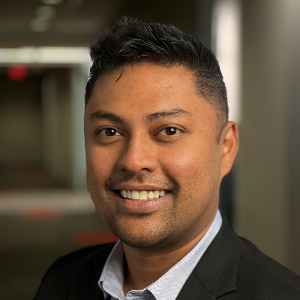
- 1 30 PM
Update on MHI’s Advanced KM CDR ProcessTM and Testing Campaign
Mitsubishi Heavy Industries, Ltd. (MHI) has been developing its proprietary high-efficiency post-combustion technology, known as the Advanced KM CDR ProcessTM. To date, fifteen (15) commercial pla...
Knowledge Partner : Worley
 Exhibition Floor
Exhibition Floor 1:30 PM - 2:15 PM
1:30 PM - 2:15 PM
Update on MHI’s Advanced KM CDR ProcessTM and Testing Campaign
 1:30 PM - 2:15 PM
1:30 PM - 2:15 PM Exhibition Floor
Exhibition Floor
Mitsubishi Heavy Industries, Ltd. (MHI) has been developing its proprietary high-efficiency post-combustion technology, known as the Advanced KM CDR ProcessTM. To date, fifteen (15) commercial plants with CO2 capacities up to 4,776 metric tonnes per day have been completed, and three (3) plants are currently under construction. Advanced KM CDR ProcessTM efficiently captures CO2 from flue gas produced by power plants and other facilities and is a very effective way to combat global warming.
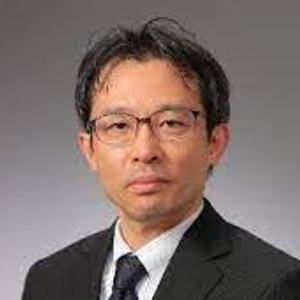
- 2 30 PM
Continuous, Long-term DAS Microseismic Monitoring Trial in the Shell QUEST CCS Site in Alberta, Canada
The safe storage of carbon dioxide in the subsurface requires continuous monitoring of the containment of CO2 within the target geological layers to ensure that CO2 does not migrate to undesired lo...
Knowledge Partner : Worley
 Exhibition Floor
Exhibition Floor 2:30 PM - 3:15 PM
2:30 PM - 3:15 PM
Continuous, Long-term DAS Microseismic Monitoring Trial in the Shell QUEST CCS Site in Alberta, Canada
 2:30 PM - 3:15 PM
2:30 PM - 3:15 PM Exhibition Floor
Exhibition Floor
The safe storage of carbon dioxide in the subsurface requires continuous monitoring of the containment of CO2 within the target geological layers to ensure that CO2 does not migrate to undesired locations through preexisting faults or other discontinuities in the caprock. An additional concern is that the generation of induced seismic events associated with injection processes may occur at levels that are dangerous to surface infrastructure. To limit seismic risk, microseismic monitoring is performed utilizing measurement technologies such as geophones and distributed acoustic sensing (DAS). With DAS, optical fiber cables are turned into resilient sensor arrays, with higher pressure and temperature ratings than geophones, no moving parts susceptible to damage, and wider usable frequency bands to record seismicity over greater magnitude ranges. The stability of the low frequency records from DAS is particularly relevant for the estimation of reliable event magnitudes, and denser sampling of direct and secondary seismic event arrivals can provide better constraints to locations. Challenges to realize the potential of DAS data are naturally present, for instance, a fiber optic cable provides a unidirectional and aperture-dependent response, noise floors can be higher compared to geophones, and large data volumes require efficient seismological processing methods. Ongoing development has been addressing these challenges together with efforts to develop the theory and methods to fully exploit the potential of DAS data. We present a case study where DAS was trialed for continuous microseismic monitoring of CO2 injection at the Shell QUEST CCS site in Alberta, Canada. The trial encompassed the mobilization and setup of the continuous monitoring system, which included a Silixa iDAS unit that interrogated a singlemode optical fiber within a cable cemented behind the casing of a CO2 injector well. The monitoring system was set up for remote management and successfully recorded data continuously over a period of 8 months with minimal interruption. The data processing for microseismic event detection was conducted on site in near real-time or shortly post-acquisition;remote visualization and QC of detections was performed daily and weekly reports on microseismic activity of interest were delivered. After the end of the continuous monitoring period, the data were reprocessed to test new methodologies for seismic event detection, location and magnitude estimation. In particular, a detection method based on root-mean-square stacks more than doubled the number of detections initially obtained with the traditional short-term-average over long-term-average methodology. The estimation of seismic magnitudes using a traditional workflow in seismology provided insights for the development of a methodology specific to DAS data. In conclusion, this trial provides a basis for the validation and further development of DAS for the long-term, continuous microseismic monitoring of CO2 injection in CCS sites.
